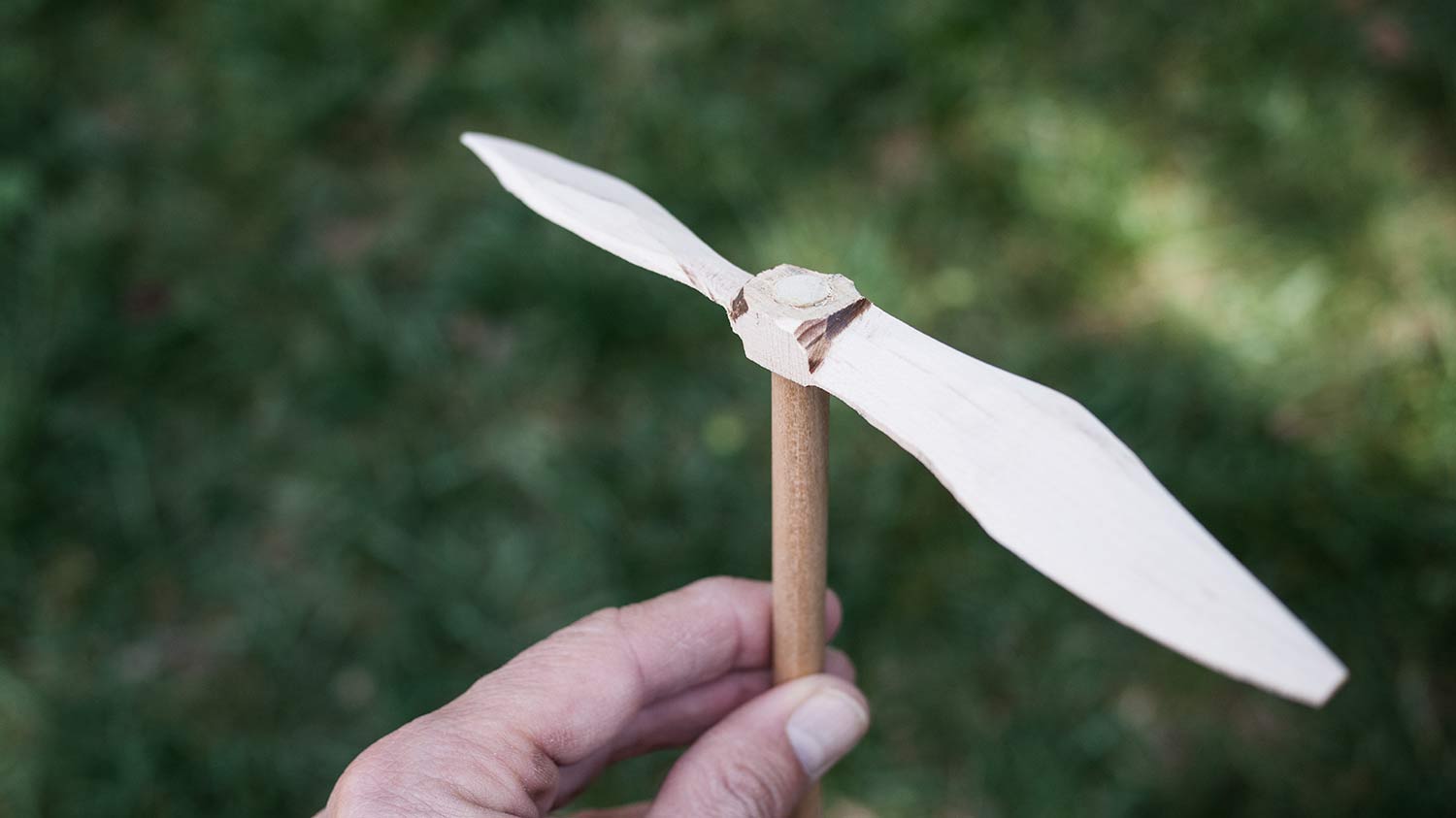I’ve often wanted to play with propellers as a way to generate electricity, but recently also began to wonder about using them for lift. Over the course of a few days I iterated a number of different designs and pitches for the propellers. I used oak and maple, mainly because I needed hard wood that would be strong while thin. I’ve included pictures below of the process of making the 4th version.
I had originally intended that the propeller would be mounted to a shaft that you would roll between your hands to generate lift. But few happy accidents happened.
First, my young son couldn’t get enough force with his hands to launch the propeller and shaft. So I came up with a bamboo cylinder that could hold the shaft, but needed to experiment to find a good way to apply the force. I tried rubber bands and twisting, but they kept breaking or catching on the shaft. Eventually I figured out I could wind a string and pull it, and this gave great initial force to launch.
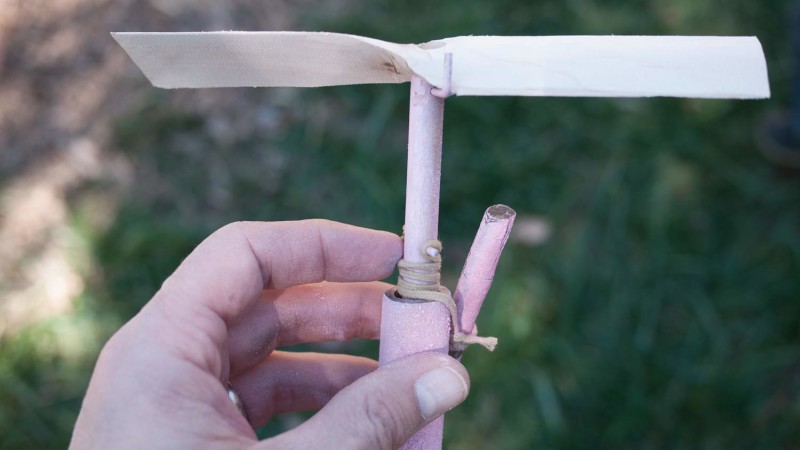
The second accident was that the glue failed on one of the launches, leaving the shaft in the holder, but the propeller itself went up and flew beautifully without it. After that I worked out a cam on the shaft that would drive the propeller until it overcame the friction and would launch. It’s been a really nice simplification and weight reduction.
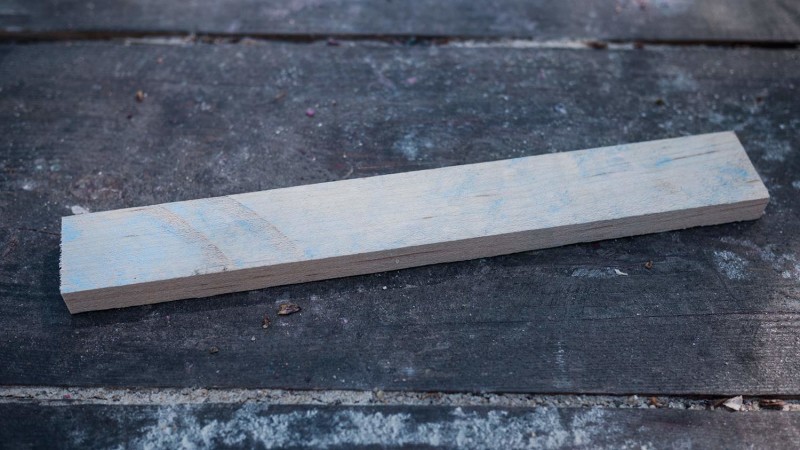
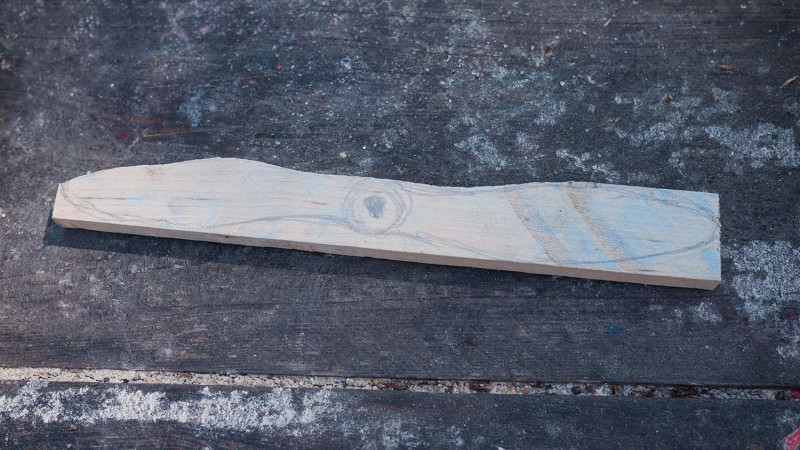
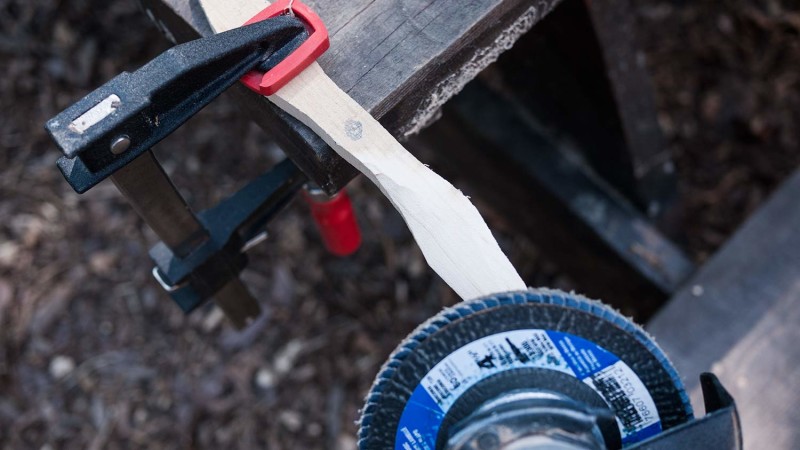
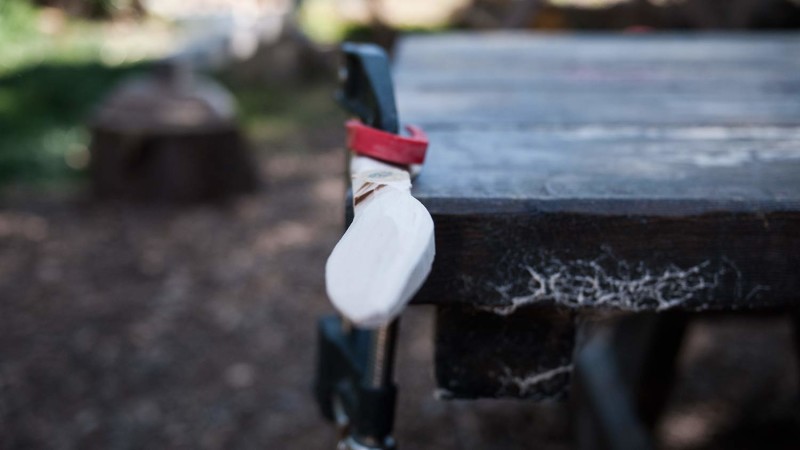
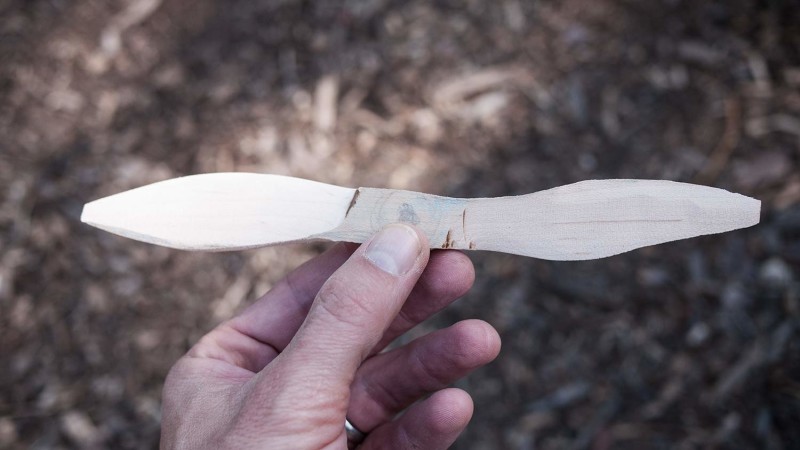
Video shows a couple of launches.
